Deepsea Challenge: nobody saw it coming. Its arrival took everyone by surprise. And as in the best traditions, it has left its mark. From the depths of the sea recently emerged the Deepsea Challenge timepiece destined to leave an indelible mark on the world of divers. To understand why, one must reread the history of this watch marked by three precise dates. (Here all our posts about Rolex).
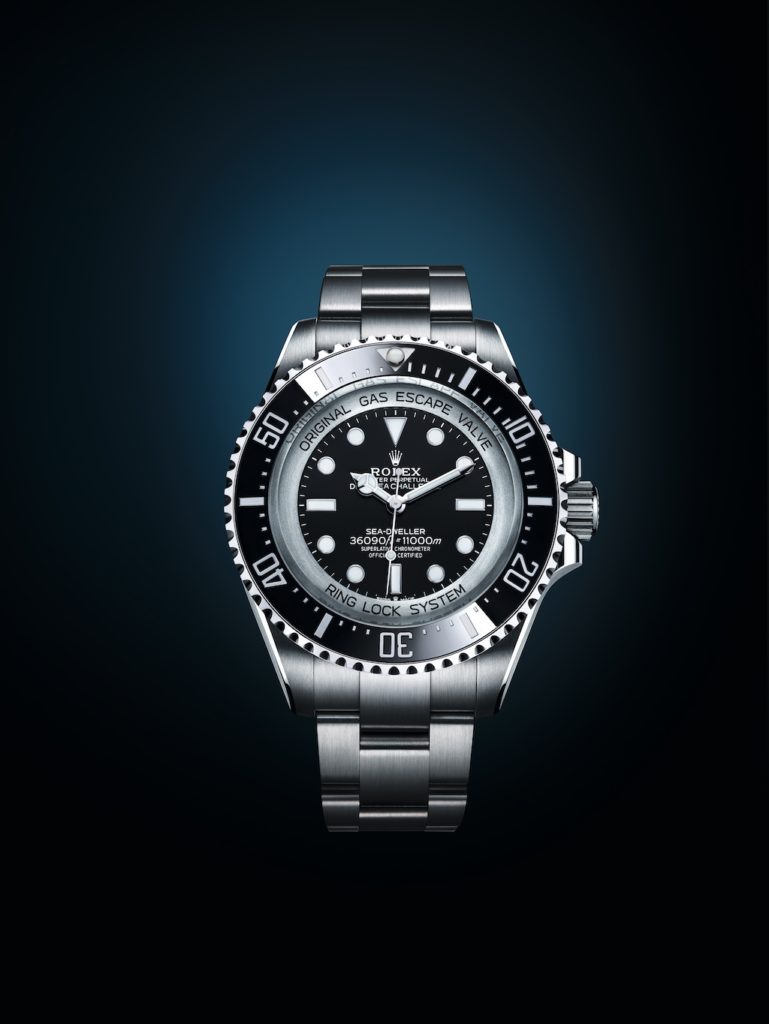
Origins in 1960
It all began on 23 January 1960, the day on which the bathyscaphe Trieste, with Swiss oceanographer Jacques Picard and US Navy Lieutenant Don Walsh at the controls, reached a depth of 10,916 metres in the Pacific Ocean. Marking the time of that extraordinary feat was the Deep Sea Special experimental watch that Rolex provided for that mission. This achievement was the result of a long process of research that began in 1953, the year in which the Geneva-based company developed the first of a series of prototypes designed to withstand the extreme depths. The first Deep Sea Special was tested off the Pontine Islands.
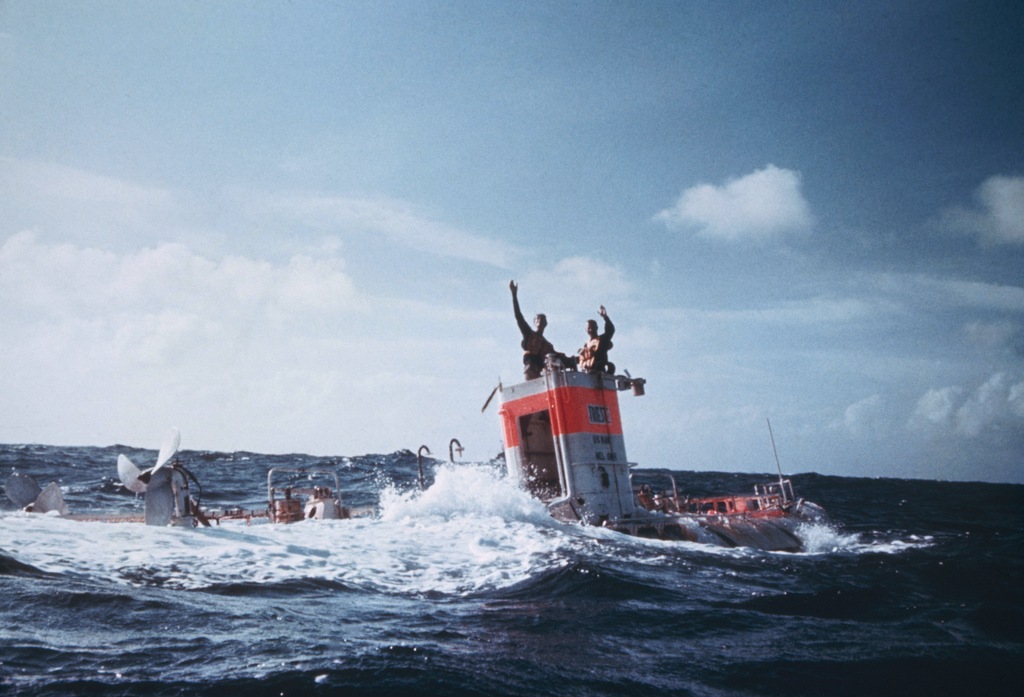
Attached to an outer arm of the bathyscaphe Trieste, the watch passed the test of resisting up to 3,150 metres below the sea surface unscathed. A few years later, in 1956, again off Ponza, the Deep Sea Special touched up the record by reaching 3,700 metres and then made a quantum leap in 1960 when the watch accompanied Picard and Walsh to a depth of 7,300 metres. This was the prelude to the feat achieved by the timepiece on that late January day more than 60 years ago. After eight hours of diving, Jacques Piccard wrote a telegram to Rolex: ‘Happy to report that your watch works as well at a depth of 11,000 metres as on the surface. The die was cast.
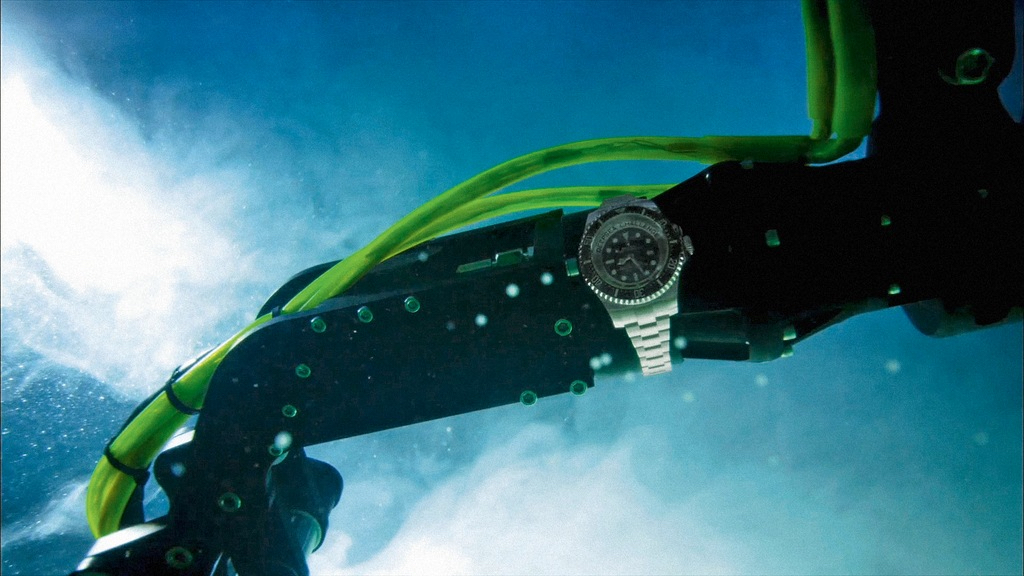
Deepsea Challenge, the Rolex record
Rolex has gone where no other watch manufacturer has gone before. A story destined to repeat itself. And more precisely on 26 March 2012 when American film director and explorer James Cameron descended alone at the controls of the Deep Sea Challenger to 10,908 metres. In reality, Cameron was not quite alone.
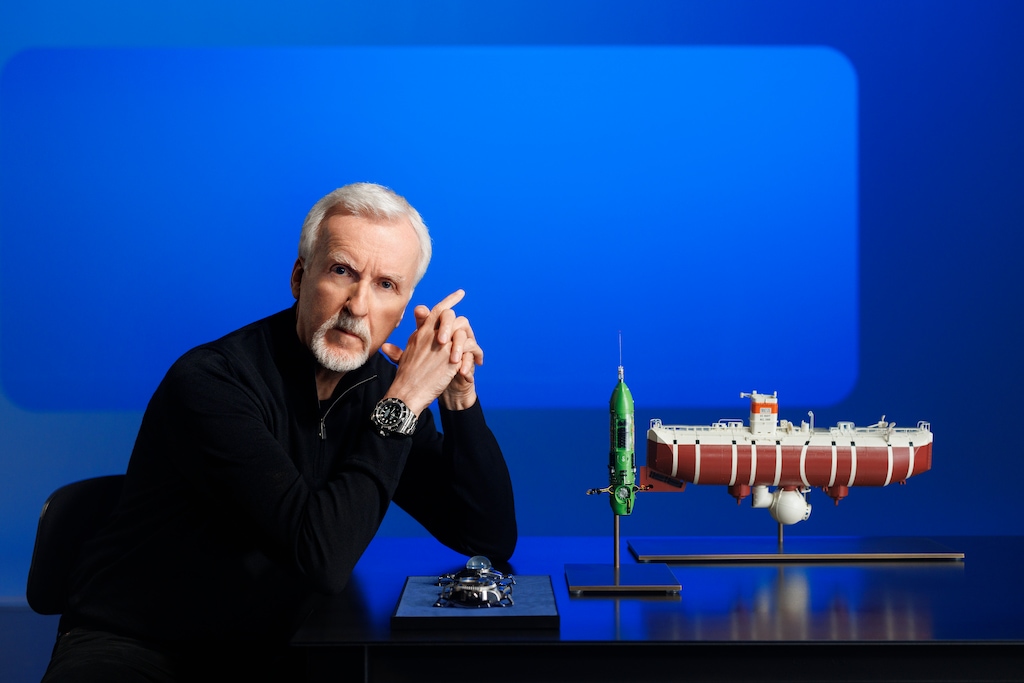
Accompanying him on that mission, which saw him spend seven hours underwater, three of them at the bottom of the abyss filming and collecting samples, was another experimental watch supplied by Rolex that perfectly withstood the colossal pressure, just like the 1960 model. “The Rolex Deepsea Challenge was a reliable companion throughout the dive; it was visible on the articulated arm and functioned accurately at over 10,908 metres at the bottom of the Challenger Deep. It is an incredible example of horological expertise and avant-garde engineering, on a par with the Deepsea Challenger submarine,” the American director said in the aftermath of the achievement.
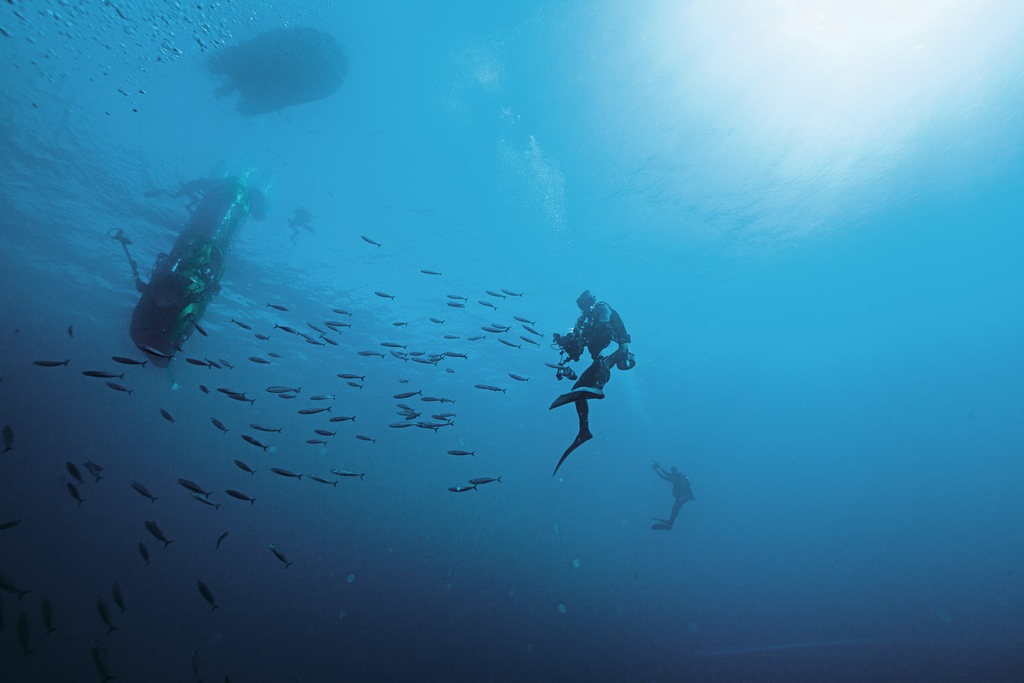
Deepsea Challenge now on sale
Today, 10 years after that moment, the Geneva-based company is once again making people talk about itself and its bond with the abyss by offering the Deepsea Challenge to watch enthusiasts. And it is no coincidence that it was James Cameron himself who accompanied the new timepiece onto the scene. The dates “23-01-1960” and “26-03-2012” are engraved on the back of the watch, accompanied by the words “Mariana Trench”.
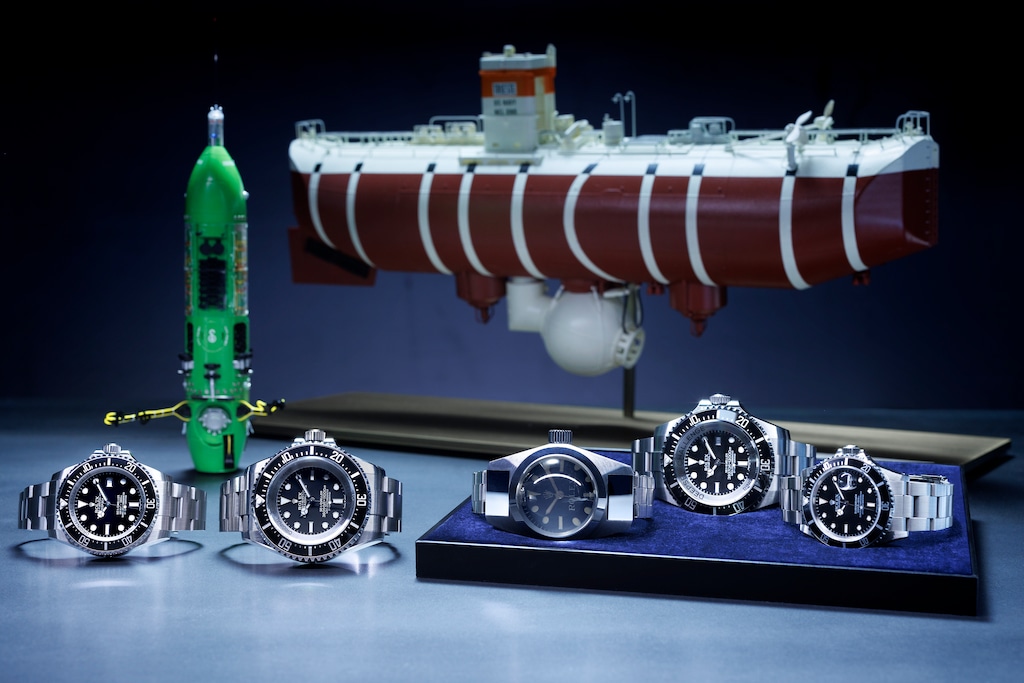
This is a way of paying tribute to the two exploits whose contribution was fundamental in the development of this novelty. On second thought, a third date could be added: 1 November 2022, the day the Deepsea Challenge made its official debut on the scene. The fact that it took two years to develop this version speaks volumes about the research work carried out by Rolex in order to conceive a watch whose main objective was to be worn on the wrist and not attached to the outer arm of a submarine. There are many innovations worthy of note. Starting with the material used for the case and bracelet.
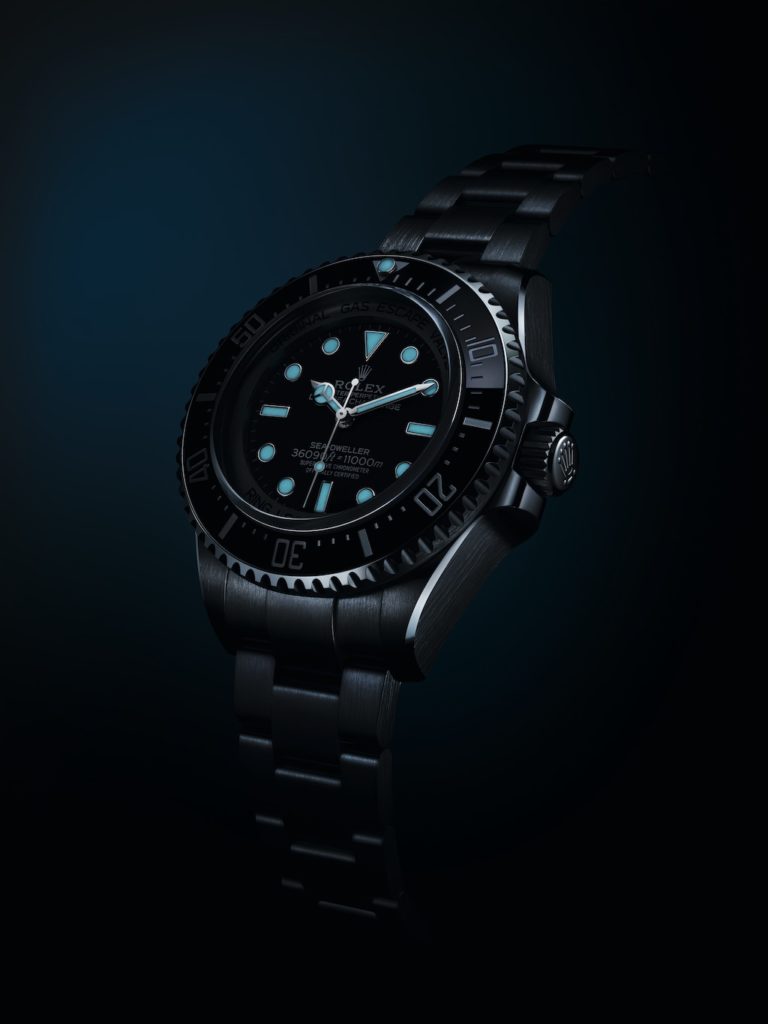
Deepsea Challenge Rolex’s first time with titanium
The use of RLX titanium marks a first in the brand’s history. But as in the best Rolex traditions, this is no ordinary titanium. We have already experienced it at other times and with other collections such as, for example, with Oystersteel, Everose gold or Cerachrom ceramic, all special alloy materials developed and perfected by the Geneva-based company.
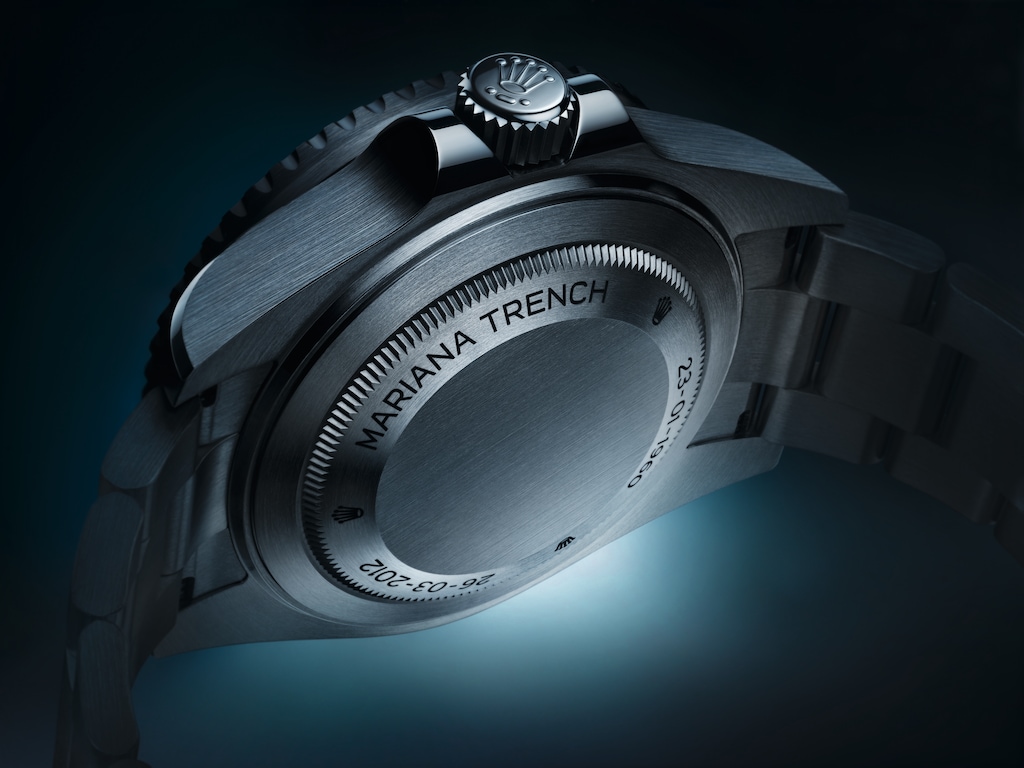
Today, Rolex’s table of elements also includes RLX titanium. Experimented for the first time to design a unique example of the Yacht-Master 42 that the crowned house placed on the wrist of Sir Ben Ainslie. In addition to extreme lightness, this particular alloy offers advantages in terms of resistance to corrosion and deformation. Not a trivial matter since the Deepsea Challenge carries a 50mm-diameter case and weighs 30% less than the version dropped with Cameron in the Challenger Deep.
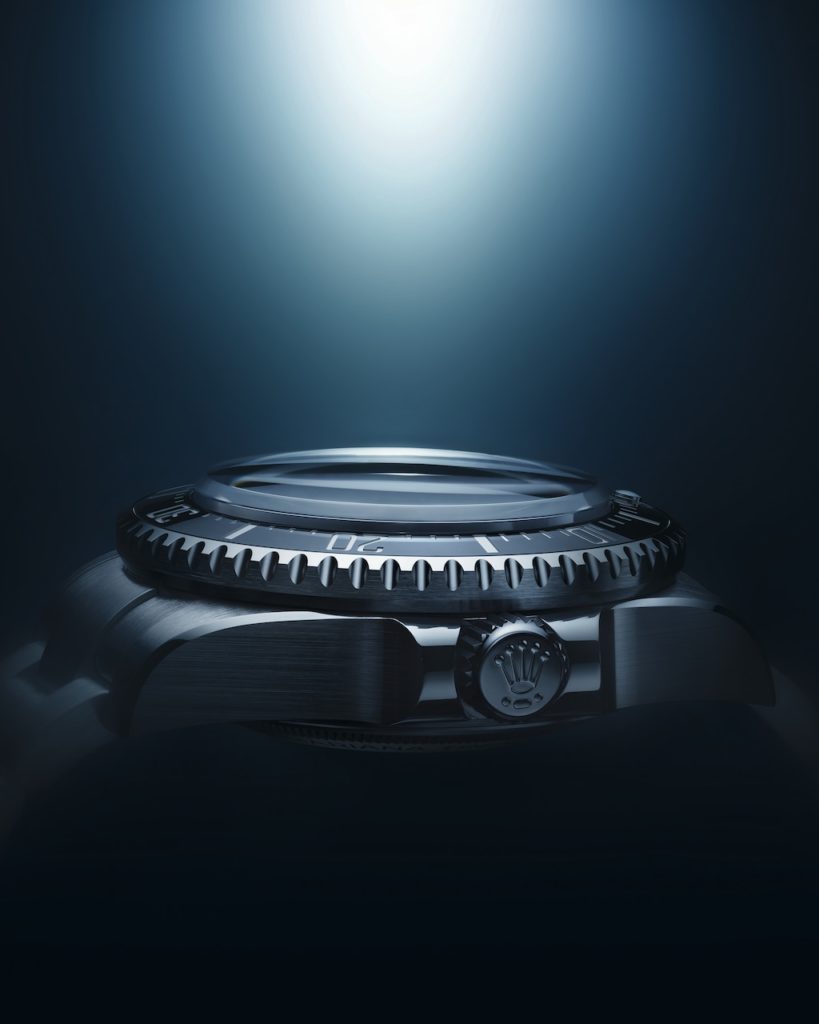
Another important innovation is the introduction of a thinner glass to protect the dial. The watch also features all those innovations developed by Rolex over the years. Starting with the Ringlock system, i.e. a patented case architecture that enables the case to withstand colossal pressures; the helium escape valve that serves to release, during decompression in the hyperbaric chamber, the excess internal pressure that could compromise the integrity of the watch; the Triplock crown with three water-resistant zones; and the Chromalight display with its luminescent substance for optimal and long-lasting legibility. The mechanical heart of the Rolex Deepsea Challenge is the calibre 3230, which boasts several patents and features several notable innovations such as the Chronergy escapement and the Parachrom balance spring insensitive to magnetic fields, and the Paraflex shock-absorbing device.

A high-tech concentrate applied to traditional watchmaking, resulting in the calibre 3230 guaranteeing absolute precision of -2 /+2 seconds per day with a recessed movement, according to the high criteria redefined in 2015 by Rolex for Superlative Chronometer certification. And dulcis in fundo the water resistance. The Rolex Deepsea Challenge, which costs €26,100, is tested to descend to 11,000 metres below the surface of the sea.
Matteo Zaccagnino






